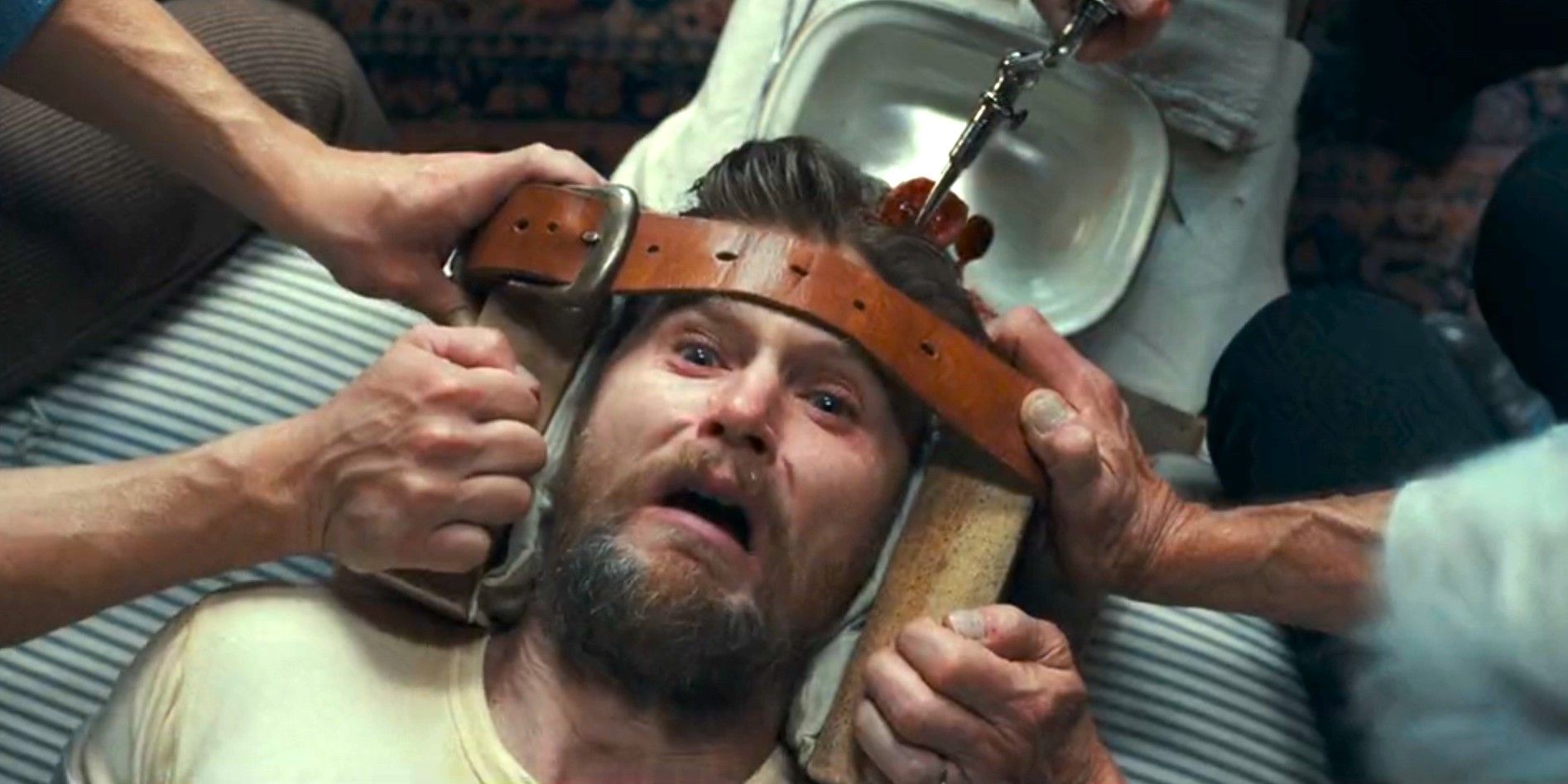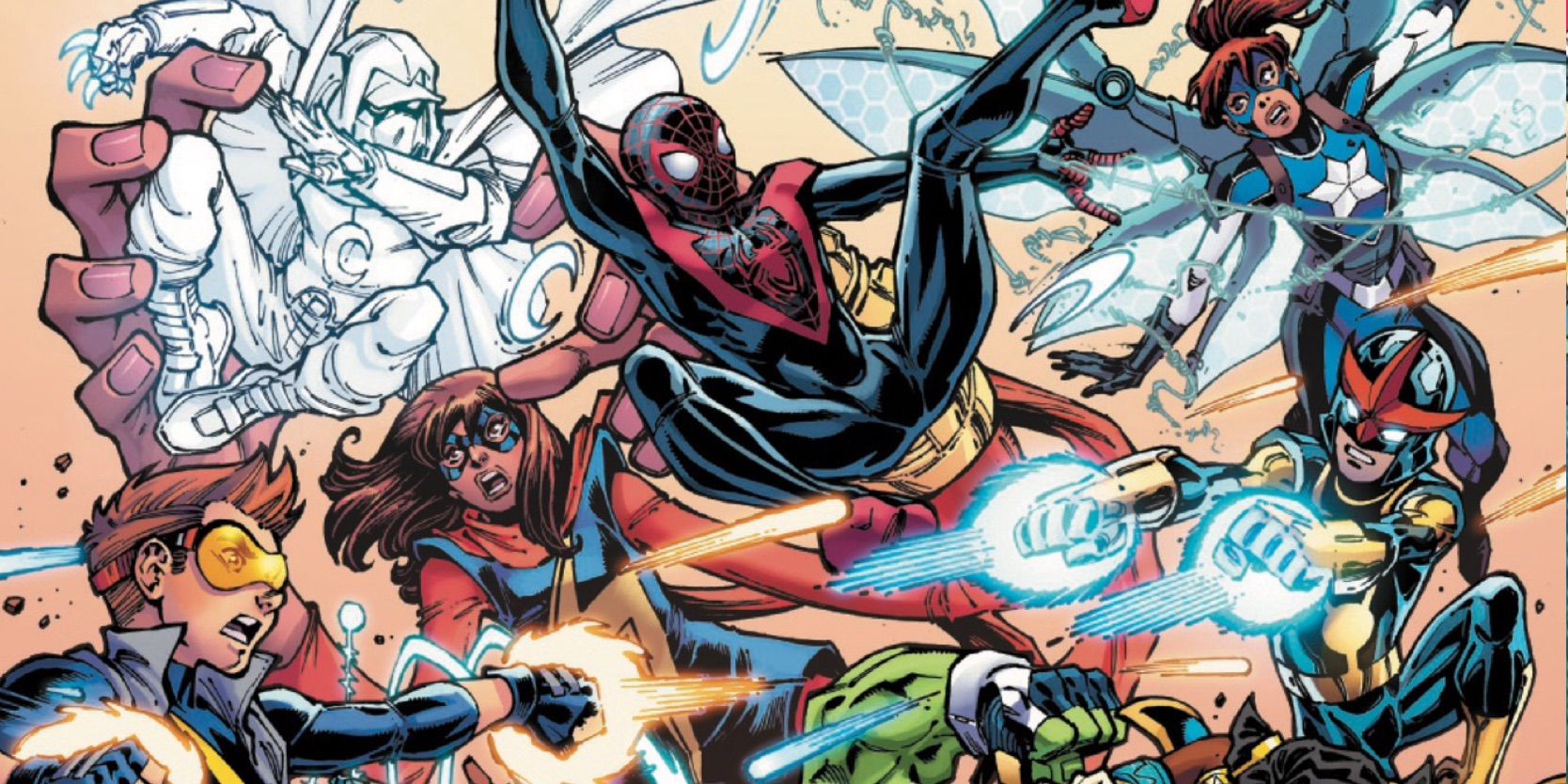A Subtle Element Of This Underrated Disney Classic Gives The Film A Powerful Underlying Message
The Princess and the Frog's ending carries a subtle element that breaks historical precedent but underscores many of the film's subversive strengths. Released in 2009, The Princess and the Frog was one of the last 2D-animated films from Walt Disney Animation, and the first to feature a black lead character. Tiana is a hard-working young woman from New Orleans in the 1920s, who spends the film balancing her deep commitment to earning her future with a lack of concern for romance. The film is largely set in the Bayou after Tiana and the charming Prince Naveen are turned into frogs.
Their slow-burn Disney romance serves as the film's emotional core, with most of the film following the archetypical story arc. However, some subtle elements of the film are reflective of the regressive beliefs of the real-life setting where the film takes place. This gives the film's ending, where Tiana opens her restaurant and finds massive success, all the more meaning. While it’s a subtle element of her success, one subtle aspect of The Princess and the Frog's ending makes it all the more progressive and important given the dark real-world history of race relations and culture in the United States.
The Princess And The Frog's Ending Breaks History In An Important Way
The Princess And The Frog Reveals Tiana's Restaurant Ignored Segregation
The ending of The Princess and the Frog breaks history in a subtle and very important way. By the end of The Princess and the Frog, Tiana and Naveen have been restored to their human forms and have married. Rather than retreat to the royal safety of Naveen's kingdom, the pair double down on Tiana's dream of opening a restaurant. With all of Tiana's money (and the help of Louis), the pair secure the building Tiana had previously been denied access to, and quickly turn it into a wildly popular jazz restaurant with lines stretching out far past the door.
What makes this notable is that the film makes it clear the restaurant is desegregated, with people of various ethnicities and nationalities dining and dancing together. Considering that The Princess and the Frog take place in the American South during the 1920s, the film subtly hints at the racial segregation that pervaded society at the time. By contrast, Tiana's restaurant is all-inclusive, making its popularity even more impressive. This gives the film a surprisingly progressive viewpoint for its era, all quietly baked into Tiana's happy ending. This highlights the film's themes of growth, extending to New Orleans as a whole.
The Princess And The Frog Subtley Touched On Elements Of Race
The Princess And The Frog Makes Two Of Its Minor Villains Openly Critical Of A Successful Black Woman
While The Princess and the Frog largely avoids the thorny subject of race to keep the focus more on the personal arcs and growth of the main cast, some subtle elements of the movie draw attention to the racial situation present in the American South of that era. The wealth disparity between Tiana's primarily black community and the wealthy white citizens they work for is clear early on, especially after Tiana goes from Lottie's mansion to her smaller home. This carries on into Tiana's adulthood, where her multiple jobs contrast with the relaxed lives of New Orleans' wealthy Caucasian community.
While The Princess and the Frog isn't always upfront with these elements, their inclusion quietly indicates the struggles people faced in the segregated era of history.
This is most overt during Tiana's efforts to procure her own business. After raising the necessary funds on her own, Tiana is thwarted by the Fenner Brothers, a pair of white bankers. When they break the news to Tiana her intended purchase has been bought out by an unknown buyer the Fenner Brothers condescendingly tell Tiana that a "little woman of your background" would be better off not taking a charge of a business. While The Princess and the Frog isn't always upfront with these elements, their inclusion quietly indicates the struggles people faced in the segregated era of history.
The Princess And The Frog's Best Subversion Was Front And Center
Lottie Is A More Complex Character Than She Initially Appears
The Princess and the Frog infused the film's best subversion of the era's thorny societal issues with the character of Lottie. The daughter of a wealthy man and Tiana's best friend, stereotypes about Lottie's character would have suggested her to be a selfish and casually cruel figure in Tiana's story. However, while self-centered to a certain degree, Lottie proves throughout the film to be a surprisingly sweet and empathetic friend. She frequently bonds with Tiana, doesn't blame her for the things a worse character might have, and openly supports Tiana's romance with Naveen once she realizes they love one another.
In 2011, Jennifer Cody won the Annie Award for Voice Acting In A Feature Production for her performance as Lottie in The Princess and the Frog.
What makes Lottie such a welcome subversion is the way she undercuts the typical "rich girl" character from this type of story and this era in American history. Plenty of wealthy women in Lottie's position would decry the struggles faced by Tiana and at best ignore them. History is full of antebellum-obsessed women who would ignore the atrocities committed against their fellow humans for the sake of their easy life. While Lottie does enjoy the benefits of an unfair system, she doesn't contribute to it and instead offers her support and empathy to a friend beaten down by the system.
The Princess And The Frog's Quiet Story About Race In America Elevates It
The Ending Of The Princess And The Frog Is Quietly Very Progressive
Close
The Princess & The Frog isn't so much about race in America as it is focused on Tiana and Naveen's personal arcs. However, the way the film touches on some particularly heavy topics infuses them into the story. This gives it an ambitious and progressive edge that is often overlooked when evaluating the film. The Princess and the Frog benefit from this approach, as it fleshes out the setting and underscores the importance of the film's ending. Tiana does learn to embrace love, but loses nothing of the drive and ambition she had before, earning the future she's fought for.
Related Tiana: Cast, Story & Everything We Know About The Princess And The Frog Series Disney's 2009 hit The Princess and the Frog is getting a small screen sequel in the form of Tiana, and there are already a ton of exciting updates.
She adapts to the challenges thrown her way by mystical villains like Dr. Facilier or mundane problems like the Fenner Brothers, and ensures the future she builds is inclusive and happy. In an era of widespread hate and persecution, especially in the American South, Tiana's success with her restaurant highlights the importance of acceptance and growth. The mixed races of guests at Tiana's Place highlight how important that universal acceptance is, and underscores the thematic weight of Tiana's victory. The Princess and the Frog's ending and the way it subverts history by being desegregated makes the climax more emotionally powerful.











COMMENTS